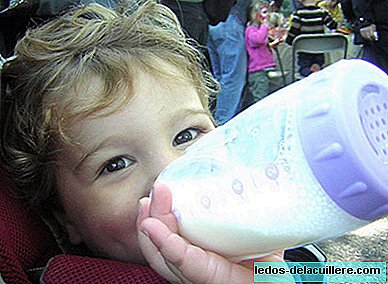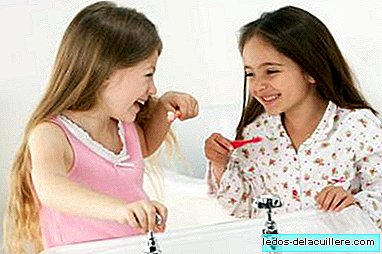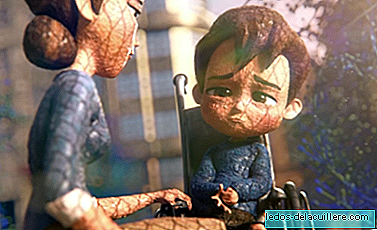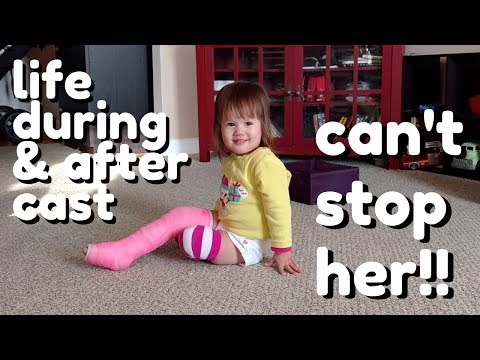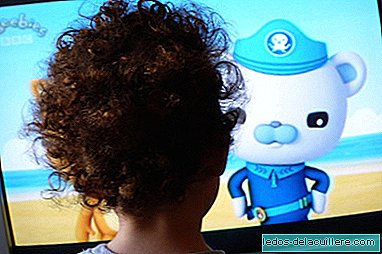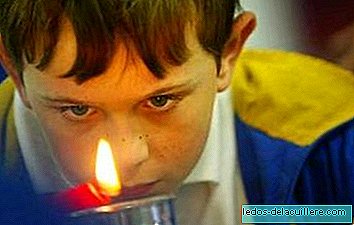
Unfortunately, home accidents are very frequent and serious, they are even counted as the leading cause of infant mortality in some places. That is why it is so important to take precautions that are within our reach to minimize risks. Burns are one of the most common accidents, and in childhood, in children under 4, they usually occur on the face.
Most burns in young children occur through hot liquids. No corner of the house is risk free, but above all we will have to take care in the kitchen. Here the burns are produced by pouring pans or pots with hot liquids, located over the fire or the hob. Also the bath with excessively hot water is another important risk.
The fires without protection such as chimneys, stoves or braziers can cause direct flame burns. The greatest danger comes when the fire becomes uncontrollable and a fire occurs in the house, which is often because they play with a lighter or matches. The lighters are especially dangerous for the little ones.
Let's see some measures that can help us avoid burns of the children at home:
- When possible, it is preferable for young children to be out of the kitchen While preparing the food.
- While cooking, direct the handles of the pans or saucepans towards the wall to prevent them from reaching them.
- We have to check the food and beverage temperature hot that we give to the little ones to realize if they have overheated and prevent burning when tasting or swallowing.
- Fix the kitchen furniture to the floor or wall so that they do not move. That way they won't be able to place them to get on them in places where we don't want them to arrive.

- Place the hot humidifiers or the vaporizers always on the floor and out of the reach of children, or the appliance, or the steam jet.
- Lack light bulbs or lamps that can touch while they are on: avoid low furniture to place them, especially if the bulb is exposed or the screen gets too hot.
- To prevent electricity burns, put covers on any electrical plug that is within the reach of children.
- Discard all cables or electrical extensions that are worn or damaged, as they can be very dangerous.
- Do not use containers of other products to store these chemicals.
- Keep lighters and matches equally out of reach and, as far as possible, do not use them in front of them.
- Not leave burning candles where children can touch them or in places they can move with the danger of falling and turning on. Turn them off whenever we are not in the same room.
- To avoid bathroom burns It is recommended, if you do not have a thermostat regulator, first put the cold water. Check the temperature of the water with your elbow or with a thermometer before putting the children in the bathtub or under the shower water.
- Nor should children be allowed to touch the water tap handles during the bath.
- To protect Fireplace so that they cannot get too close to it and so that sparks or burning fragments do not jump from the inside out. Also clean it regularly.
- Place stoves and braziers in places where they cannot touch them and check their proper functioning.

- It is also advisable to periodically review, where appropriate, the operation of the gas heater and butane bottles that supply fire to the kitchen.
- Check the good radiator operation noting that they do not exceed the appropriate temperature.
- Even if we think that it will never happen to us, there may be the extreme and fatal case of a house fire. Unfortunately, we hear tragic news about it frequently. Many of the above tips will help you avoid them, as well as Professional review of all electrical installations in the home every so often.
- It is also convenient to teach children to act in the event of a fire, showing them what the evacuation plan would be, even playing small drills and teaching them how to act in the case, for example, of having their clothes turned on.
- A smoke alarm It would also help them to be aware of the danger and know how to act even if they are in another part of the house before a possible fire. There are even alarms in which parents can record their voice with the instructions to follow.




